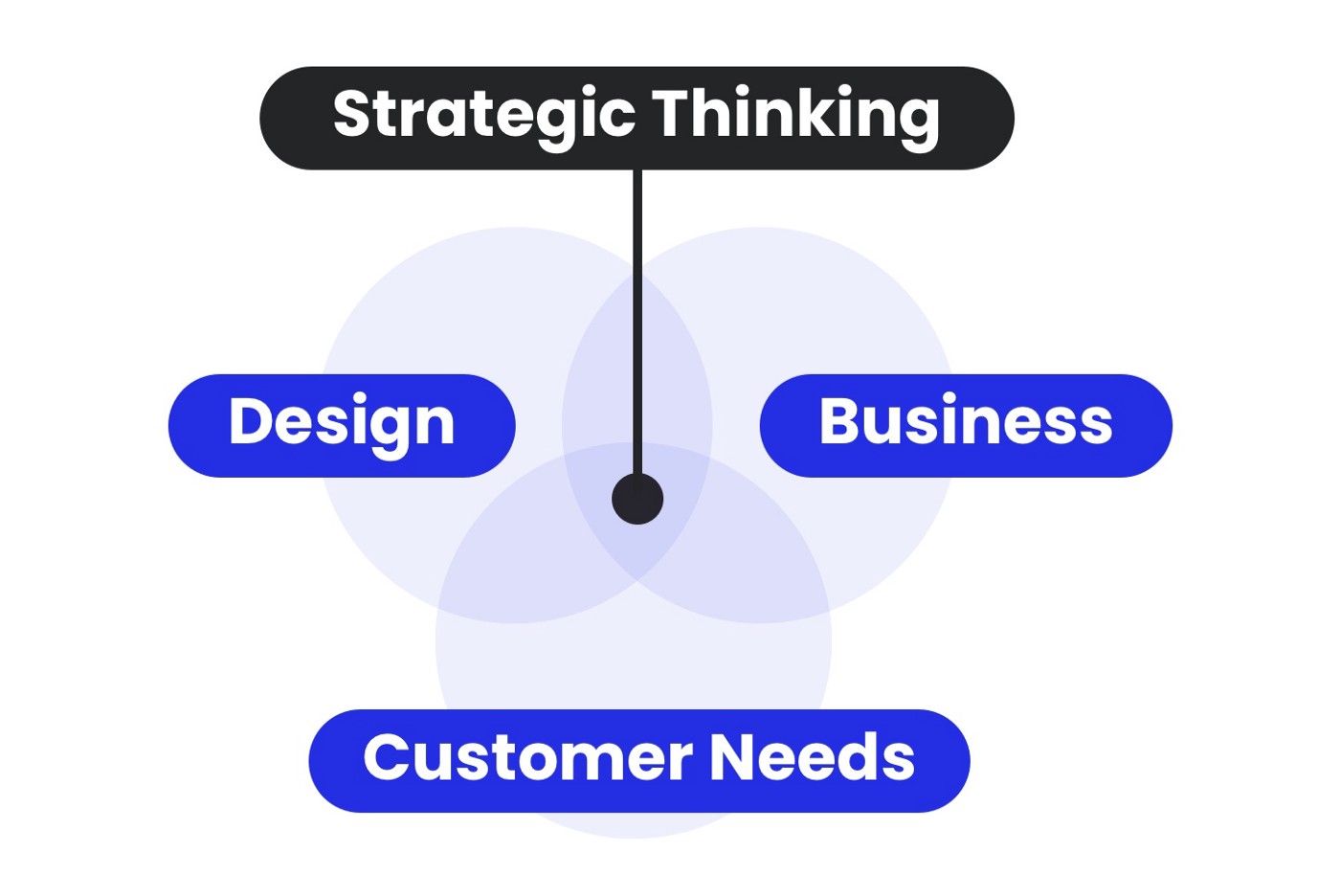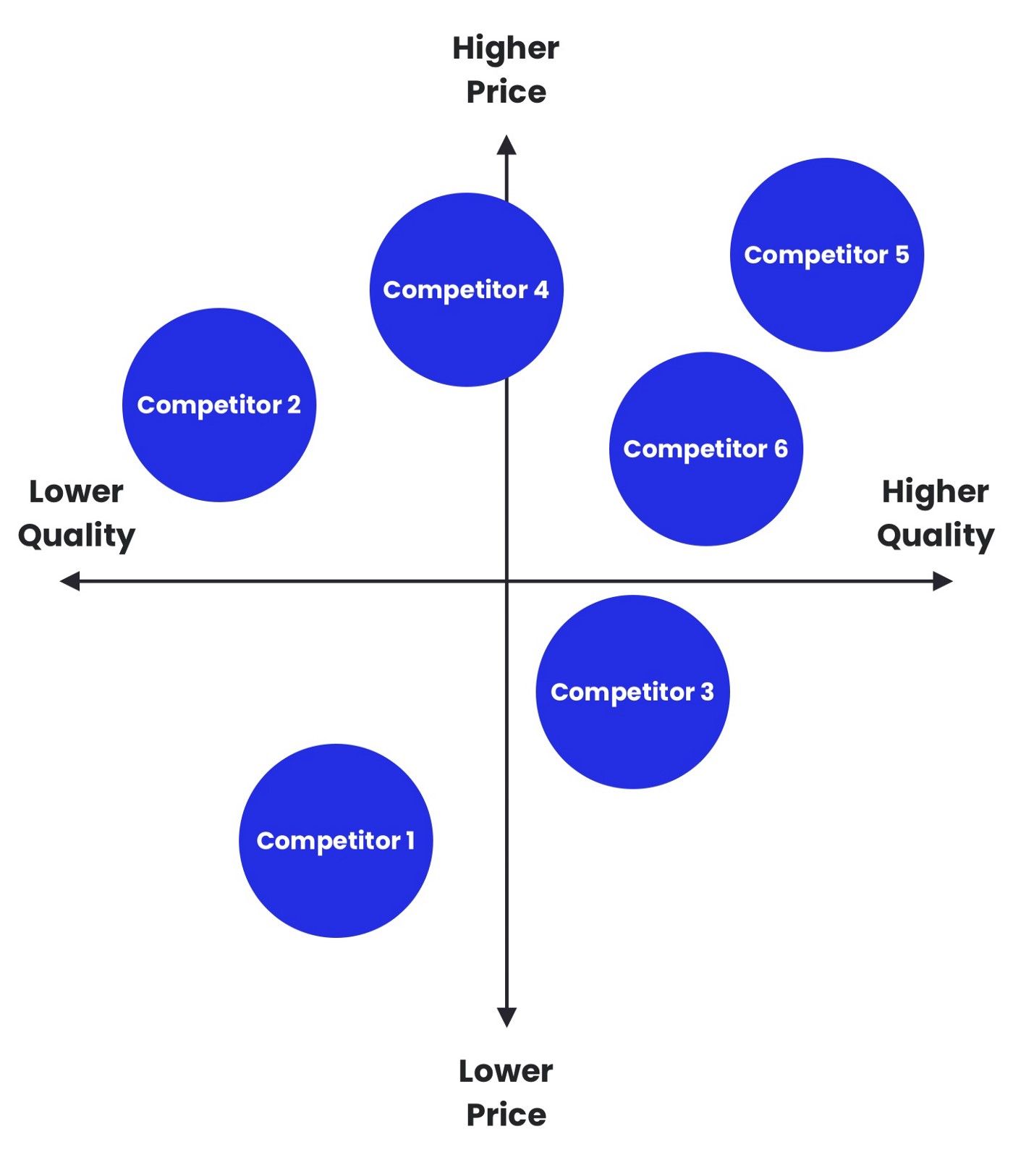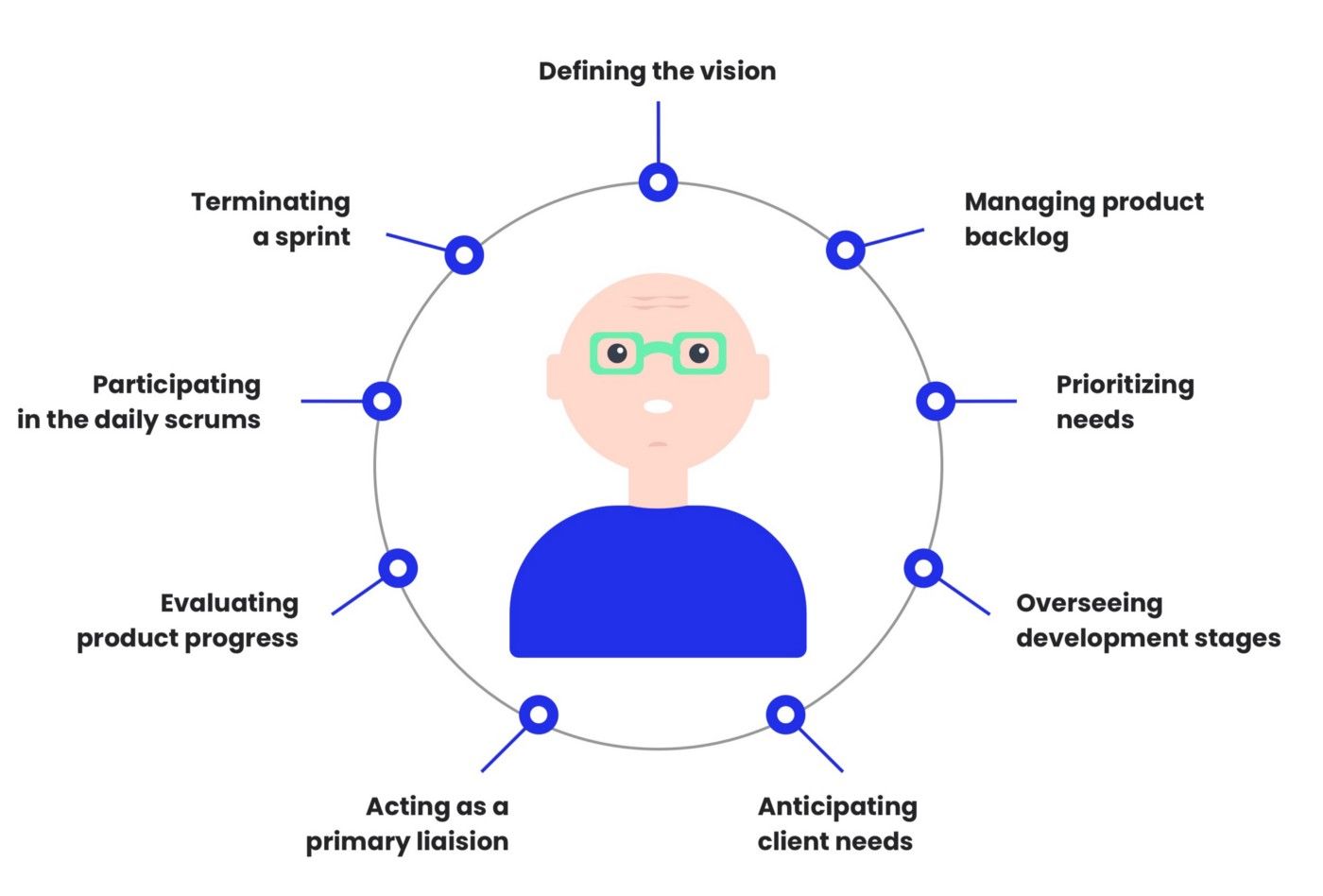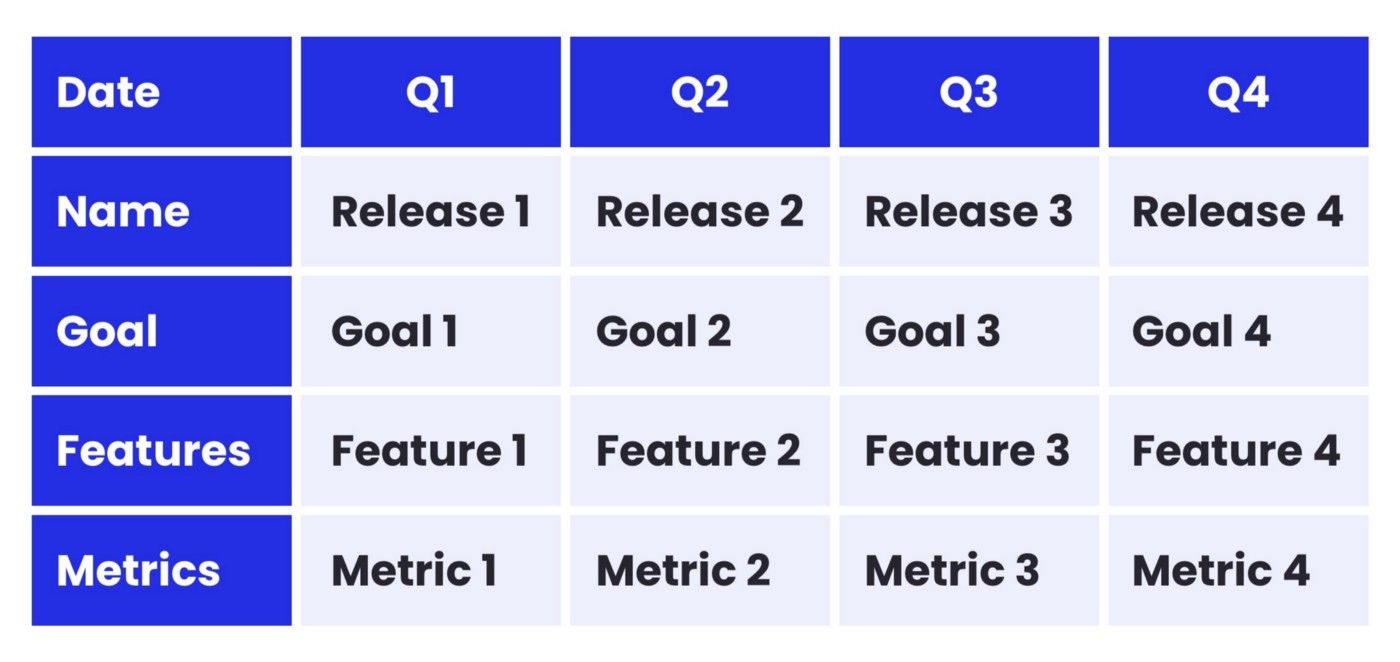How To Use Strategic Thinking for Product Design Decisions

Olha Bahaieva
Olha Bahaieva is a senior UI/UX designer, Medium author and public speaker at Toptal.
It’s Not About Mindset or Productivity
This article originally appeared on UX Designers Club.
From the beginning of a design career, every UX designer asks questions about design steps. It’s crucial to identify the strategy of product creation and follow particular steps to the final result.
But with every new stage, there are more and more ideas that bump into creative minds. How can we handle new ideas? Does it make sense to change the initial strategy and make improvements on the go?
“Design strategy applies the tactical thinking of a business strategy to the needs of the user in order to create the most effective product.”—Indeed Editorial Team

. . .
Why Strategic Thinking?
We used to think about UX design as a creative industry, but the design is a solution to a problem, not pure art. To create a successful product, designers need to cover all design, business, and customer needs.
Observing and providing solutions in these three areas opens a door to a clear vision for a designer. It’s a path to a clear vision for the future product. The fastest way to cover all needs is to create a user persona and include all important aspects there.
There are 3 user persona types to consider: Narrative, Table, and Quick. Each user persona is used for a different data type. The narrative is in a situation where there is not enough data, the Table is a perfect choice to compare multiple user personas at once, and Quick is used when sufficient research is lacking.

The best strategy is to have 3–5 personas and their identified characteristics. A user persona is important because it reminds a designer of what users expect. Also, user persona can reduce designer’s personal biases, which all of us have.
“A bias is favoring or having prejudice against something based on limited information.”— Genís Frigola
Once the user persona is ready, it’s time to build project goals.
. . .
Establish Project Goals
Designers create products to resolve user problems. No app or website was created for beauty purposes. With every new project, UX designers create a scope of the work that needs to be done.
During the design process, some questions might appear. Has the X feature been created properly? What will users think about the product?
More questions will come during the design process. Some designers start to generate alternative solutions when ideas come to their minds. They believe the more versions they design, the better the result will be.

The right way to build a product is to establish concrete project goals and follow them. There is no need to ideate many solutions if one solution meets all user expectations.
“User expectations refers to the consistency that users expect from products.”— Wikipedia
When designers meet user expectations and provide exactly what people are asking for, there is no reason to create solutions over and over again. It’s enough to have one feature that satisfies people’s expectations and resolves their problems.
. . .
Check Competitor Solutions
When designers create products, we don’t invent new things. We resolve solutions with methods and tools that already exist.
Each business has its competitors. While it might be a problem for businesses to compete with already established companies, it’s a huge benefit for UX designers.
“Performing a competitive analysis in UX design helps companies identify competitors’ strengths and weaknesses relative to their own business, product, and design.”

To conduct competitor analysis, the best practice is to compare companies by quality and price.
For example, startups might provide smaller services for a lower price, but have amazing quality. On the other hand, enterprise companies can propose a wide range of services with poor quality.
It doesn’t matter what size the company is. The quality and price decide everything.
Depending on the quality and price, designers can find the pros and cons of each company and its services. This data is perfect for building a new project considering the mistakes and strong sides of each competitor.
. . .
Communicate With Product Owners
It’s important to follow the design brief to meet all the criteria for the product. But understanding business needs is a foundation for every UX designer.
Designers create new products for 2 types of product owners:
- for new startups and individuals to implement their business ideas
- for companies who want to increase their current amount of products

If there is no product owner, but a stakeholder or an individual, they do the same scope of work.
Communicating with product owners is the best way to reach business goals, which means creating a product that meets users’ and business needs. Products that meet both needs are desirable results for every UX designer.
. . .
Think About the Product Roadmap
When designers create a product, we don’t create it for today only. Like any other business, we care about future improvements and new ideas. This is why it’s important to create a product roadmap.
“A product roadmap is a plan of action for how a product or solution will evolve over time.” — Atlassian

A product roadmap is a planning tool that helps designers to:
- plan product creation and future improvements
- meet deadlines
When it comes to designing a product, everything needs to be managed. While UX designers ideate product features by proposing multiple versions of the same features, it’s important to stick to a plan and meet deadlines.
. . .
There Is No Right or Wrong Solution
For many UX designers creating a product means finding a solution that will be perfect. While perfection doesn’t exist, designers are looking for an alternative — right and wrong solutions.
We design the best solution for every feature and hope that it will meet users’ and business needs. On the other hand, we try to avoid mistakes and wrong features.
“There is no right or wrong way to design. But there are right or wrong buildings.”— Architect.com

UX design is similar to architecture. Both UX designers and architects “build” products. The only difference is that UX designers work in a virtual space, while architects create physical buildings.
The foundation of both these professions is the same — we decide people’s needs. Therefore, it’s important to understand a user problem and then provide a solution.
A designer who generates millions of ideas without understanding a core problem can’t fulfill user needs and “build” the home of a dream.
. . .
Final Thoughts
For every designer, it’s important to make product decisions that lead to the final result. This result is a summary of data-based solutions during the design process, including research, design, and testing.
Asking and answering questions during the design process is the right strategy to meet all the criteria for users and businesses.
There is no right or wrong in UX design. There is a problem and the designer needs to find a solution for this particular problem.
When all questions from businesses and users are resolved, a new design transforms from a concept to a valuable product for its target audience.
. . .
- Subscribe to our Magazine Newsletter.
- Follow us on Facebook and LinkedIn.
- Join our community on Slack and Facebook.
Start Animating
Get Started with Our Free, Web-Based Platform.
© Phase Software GmbH 2024